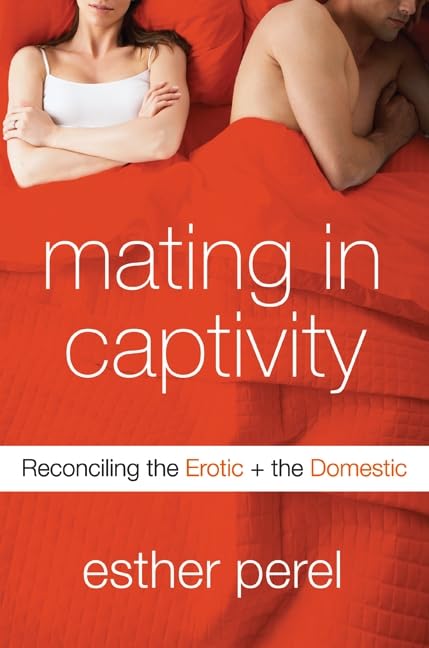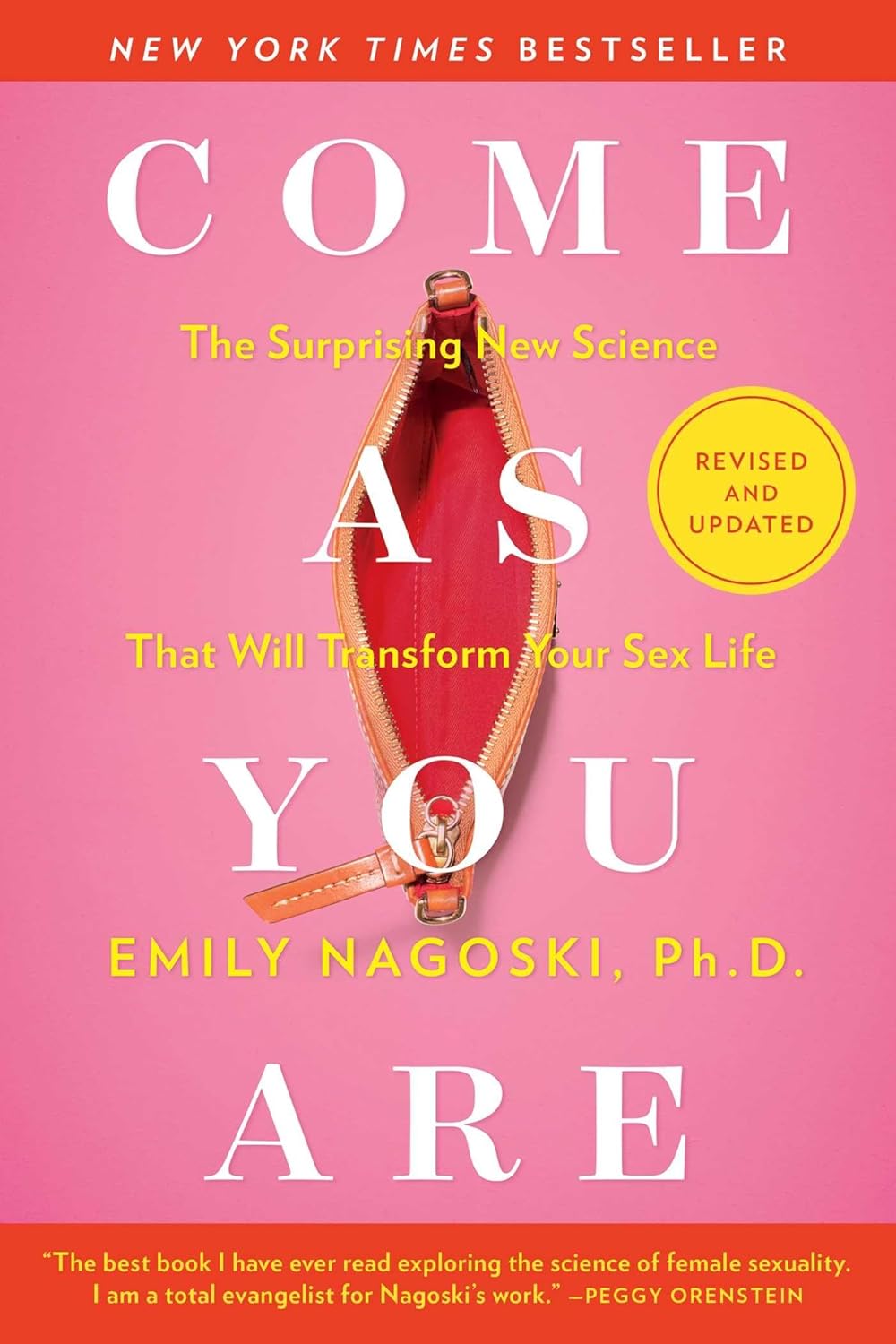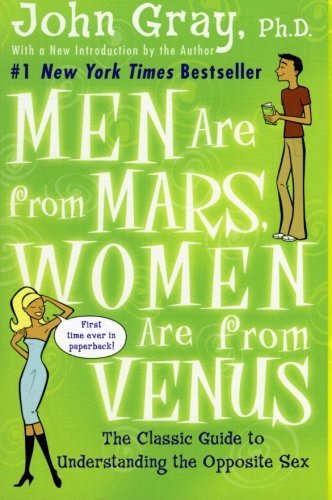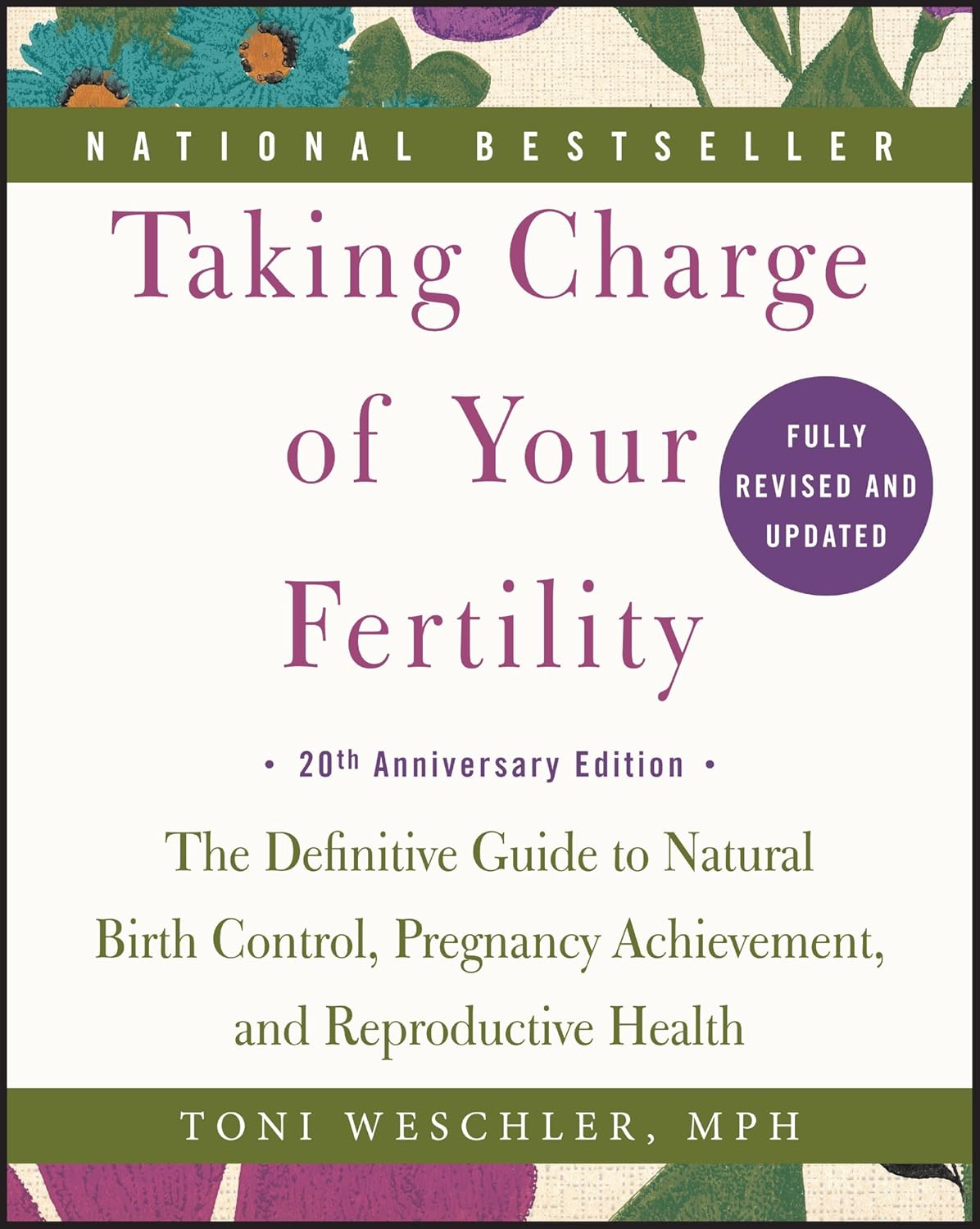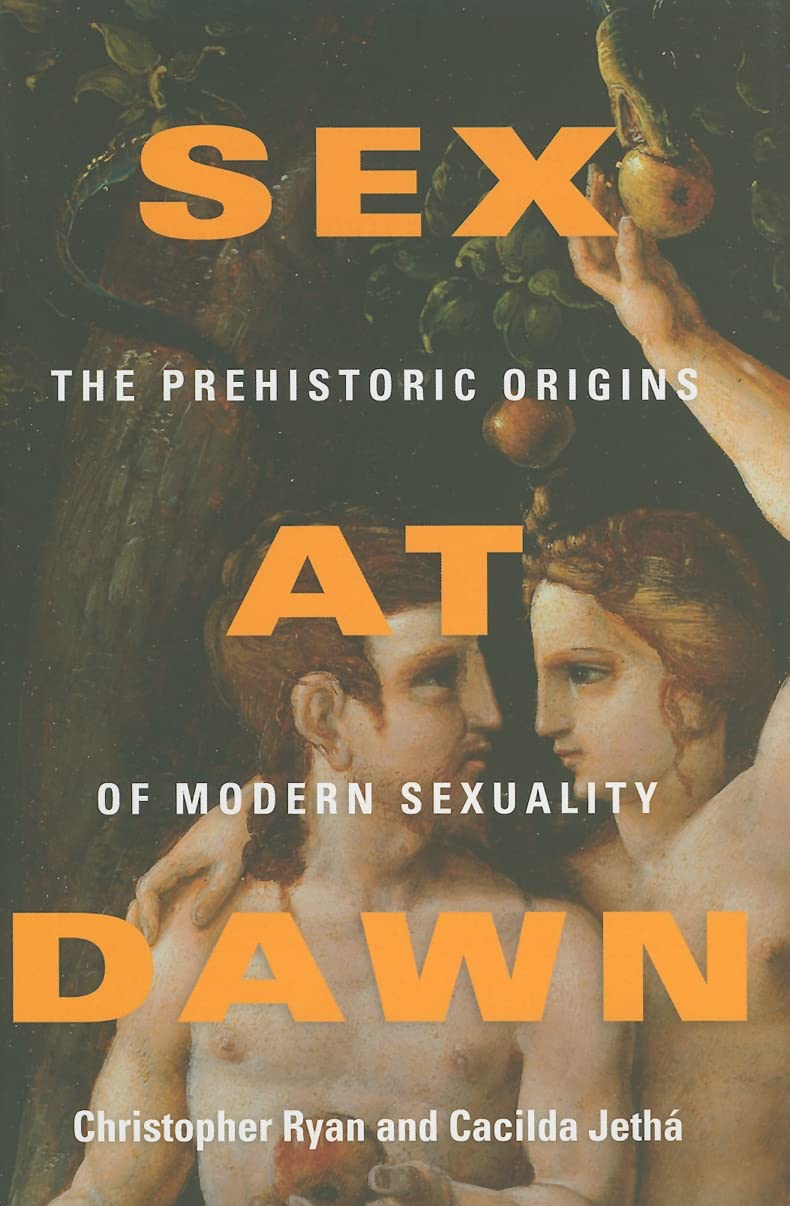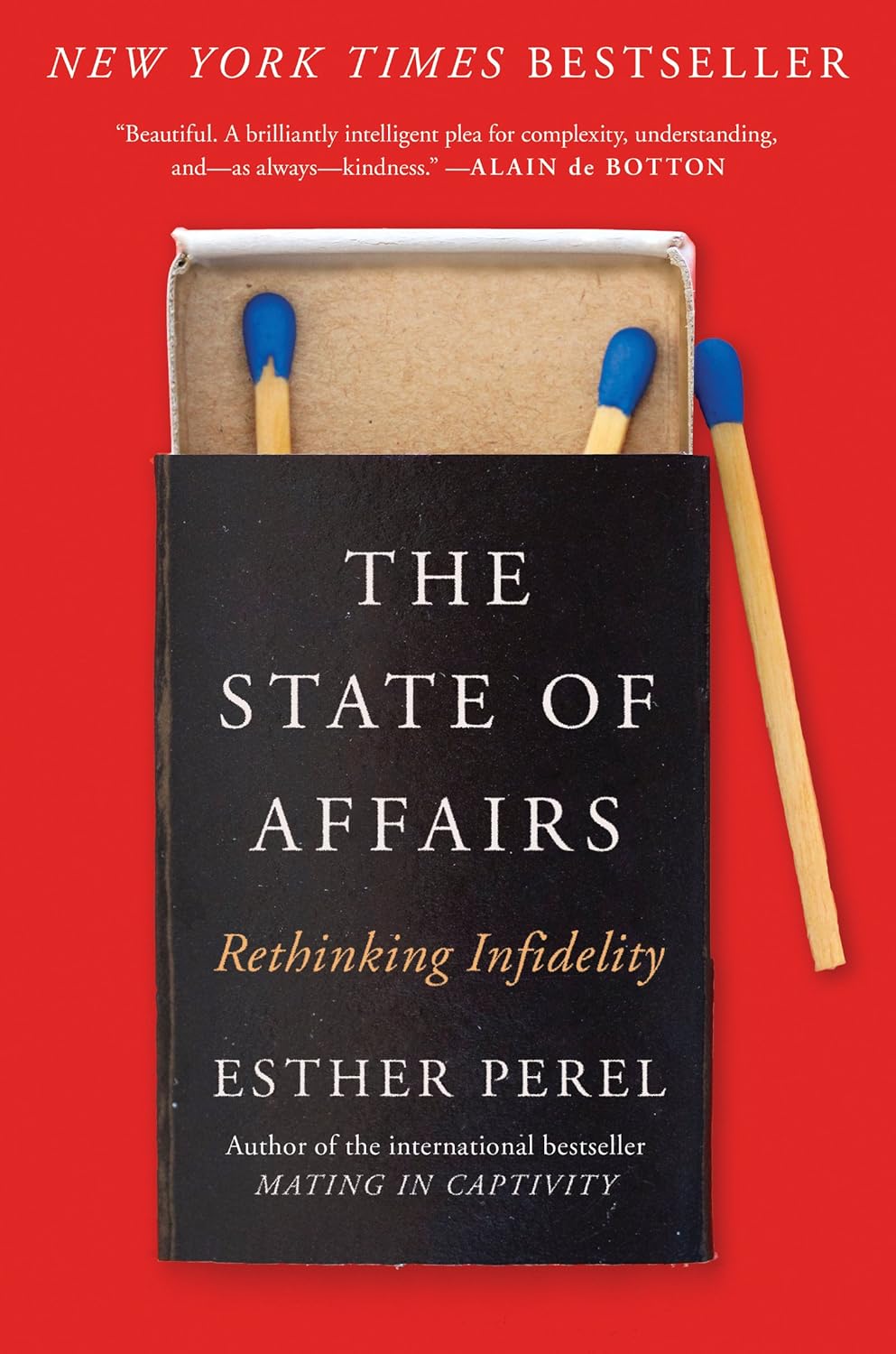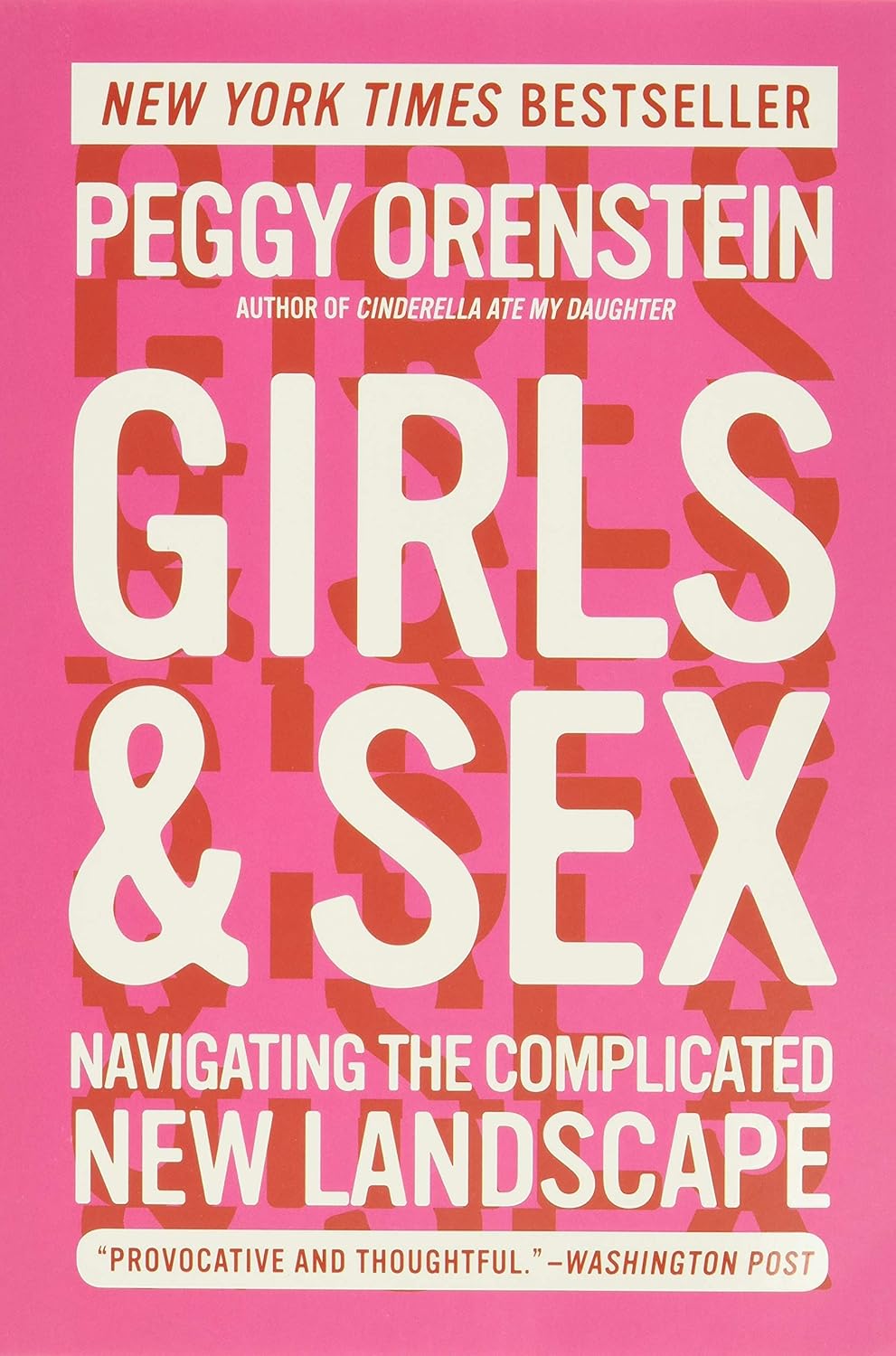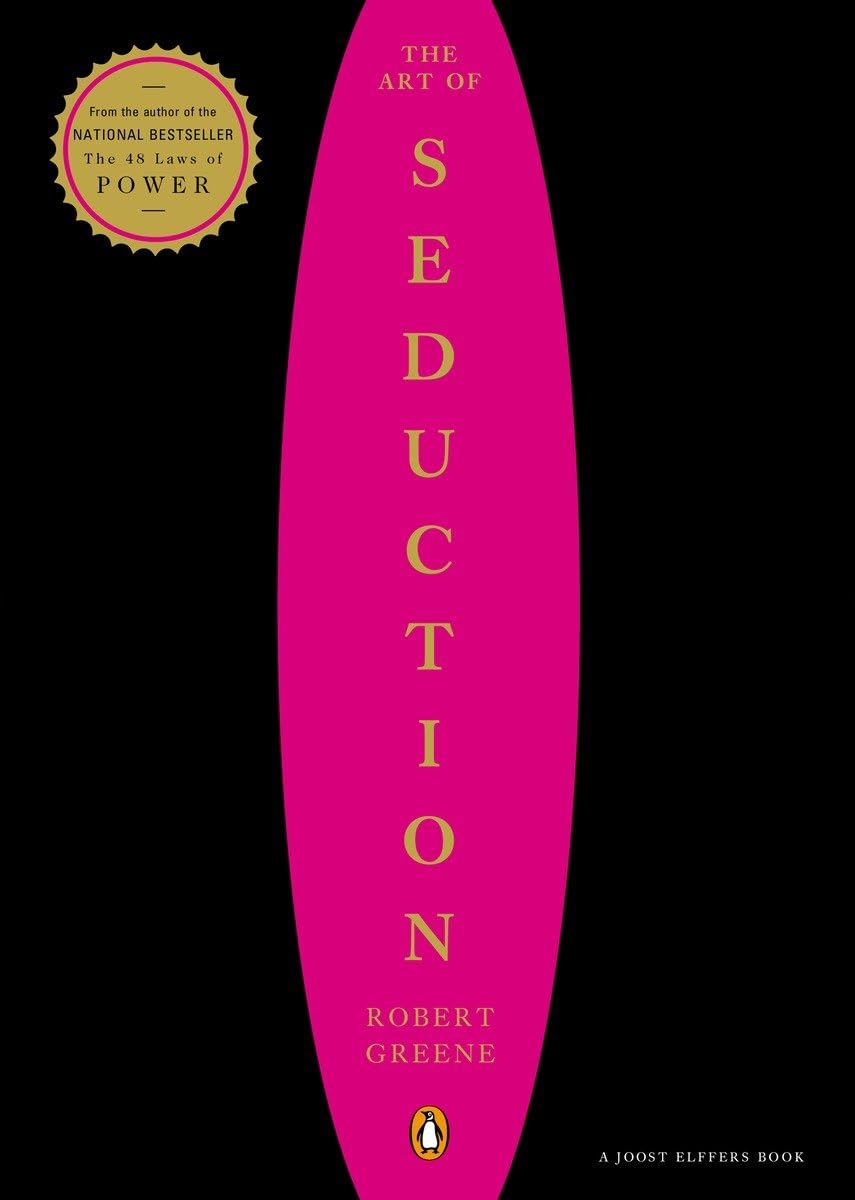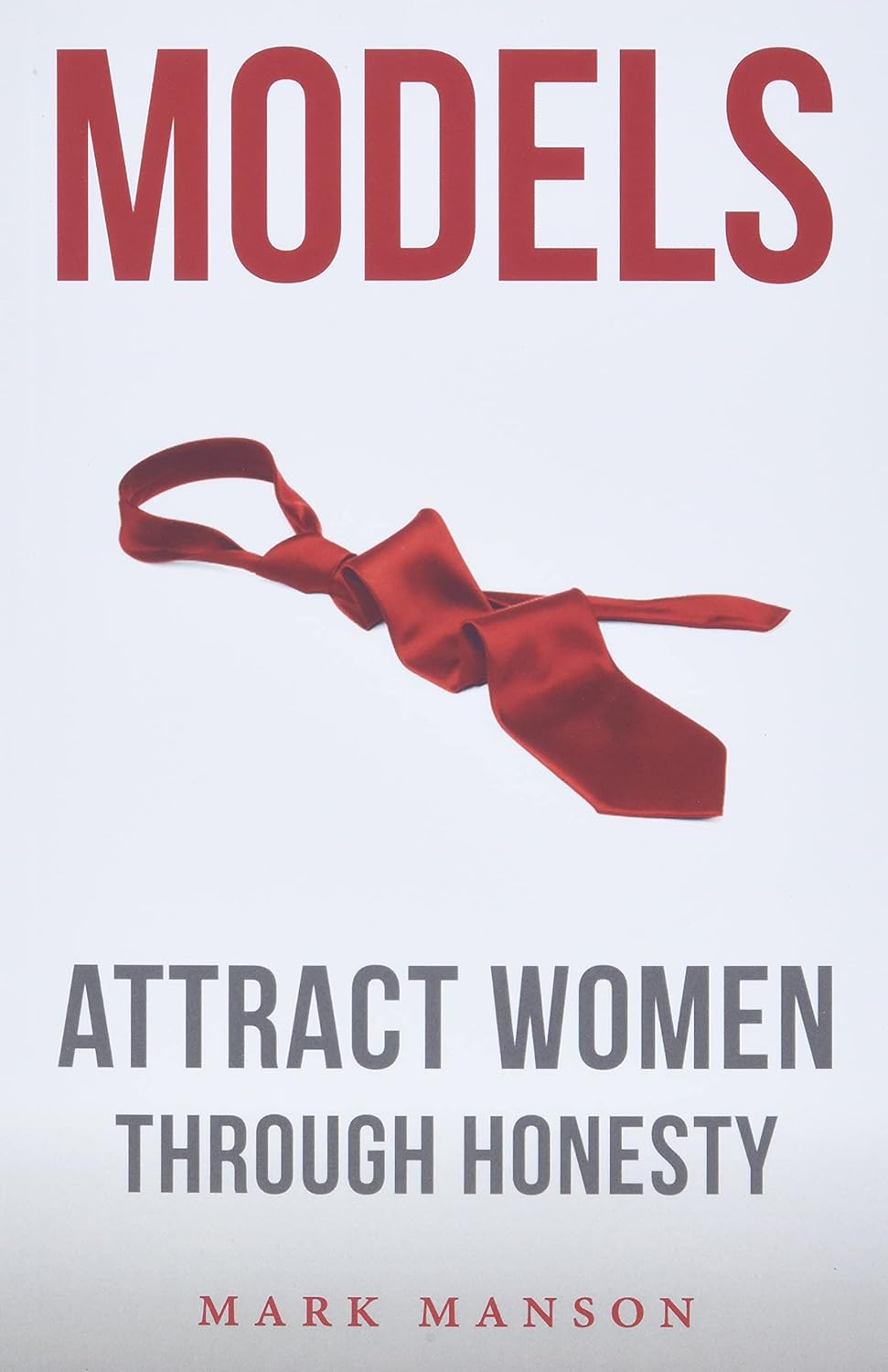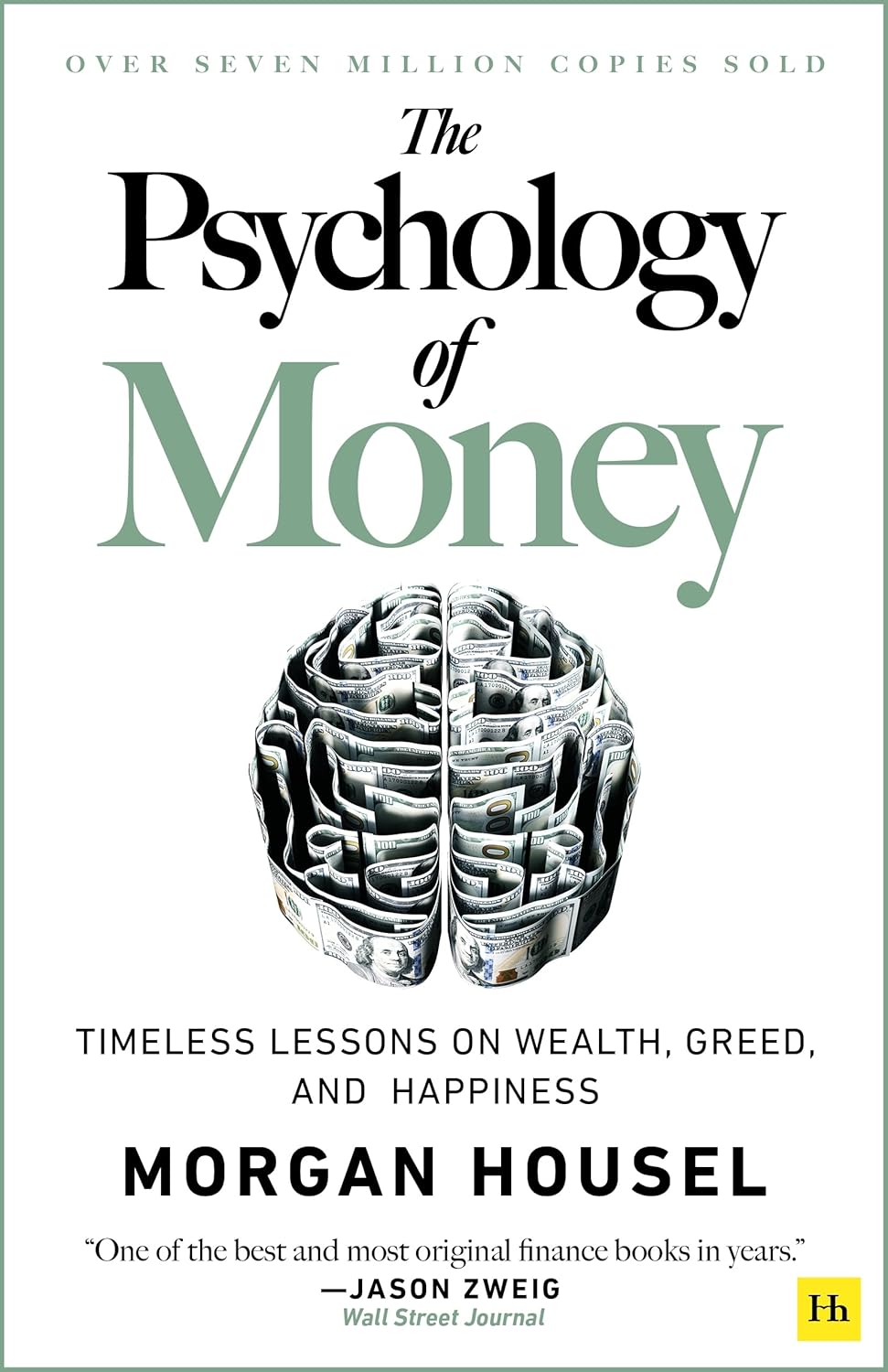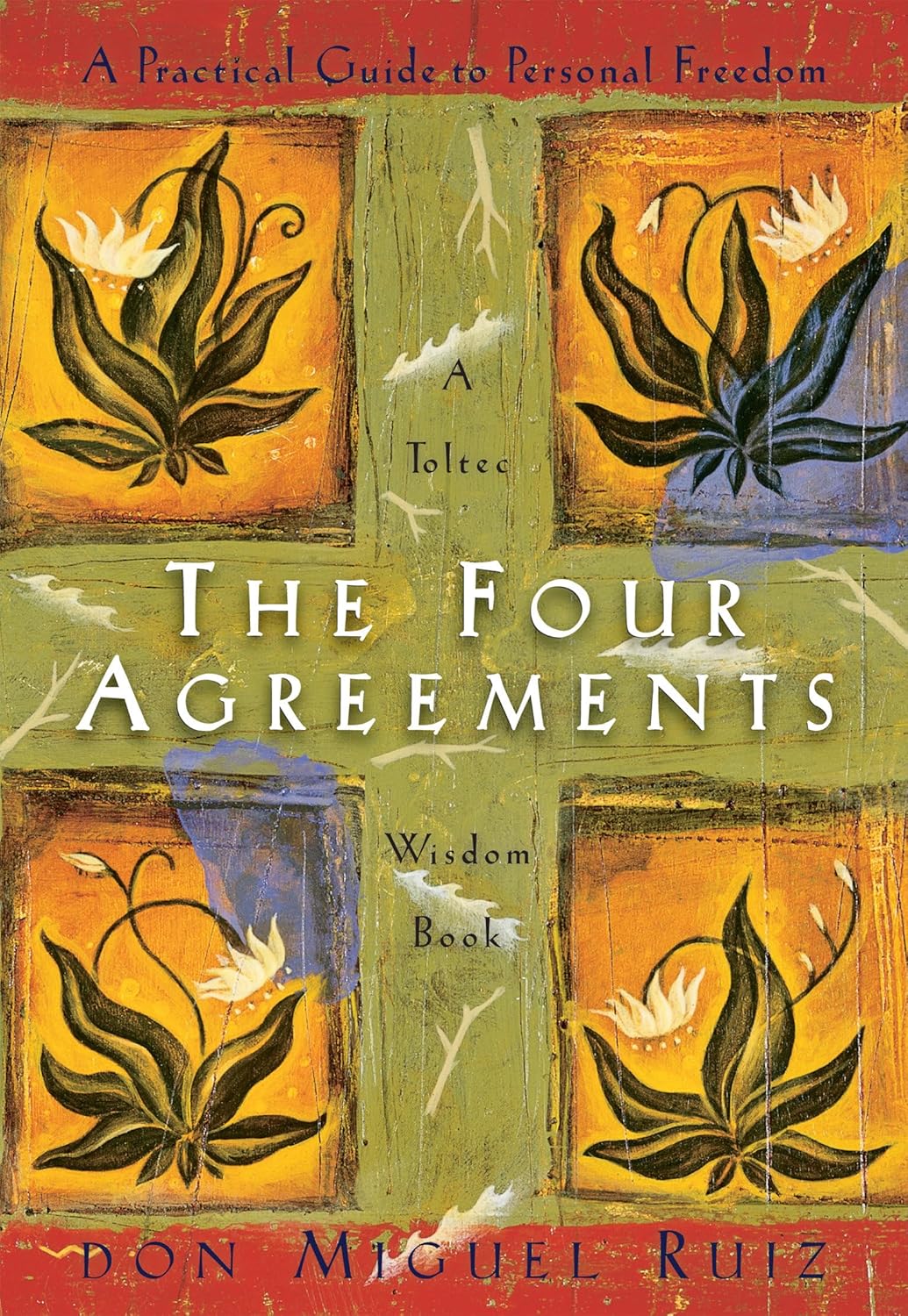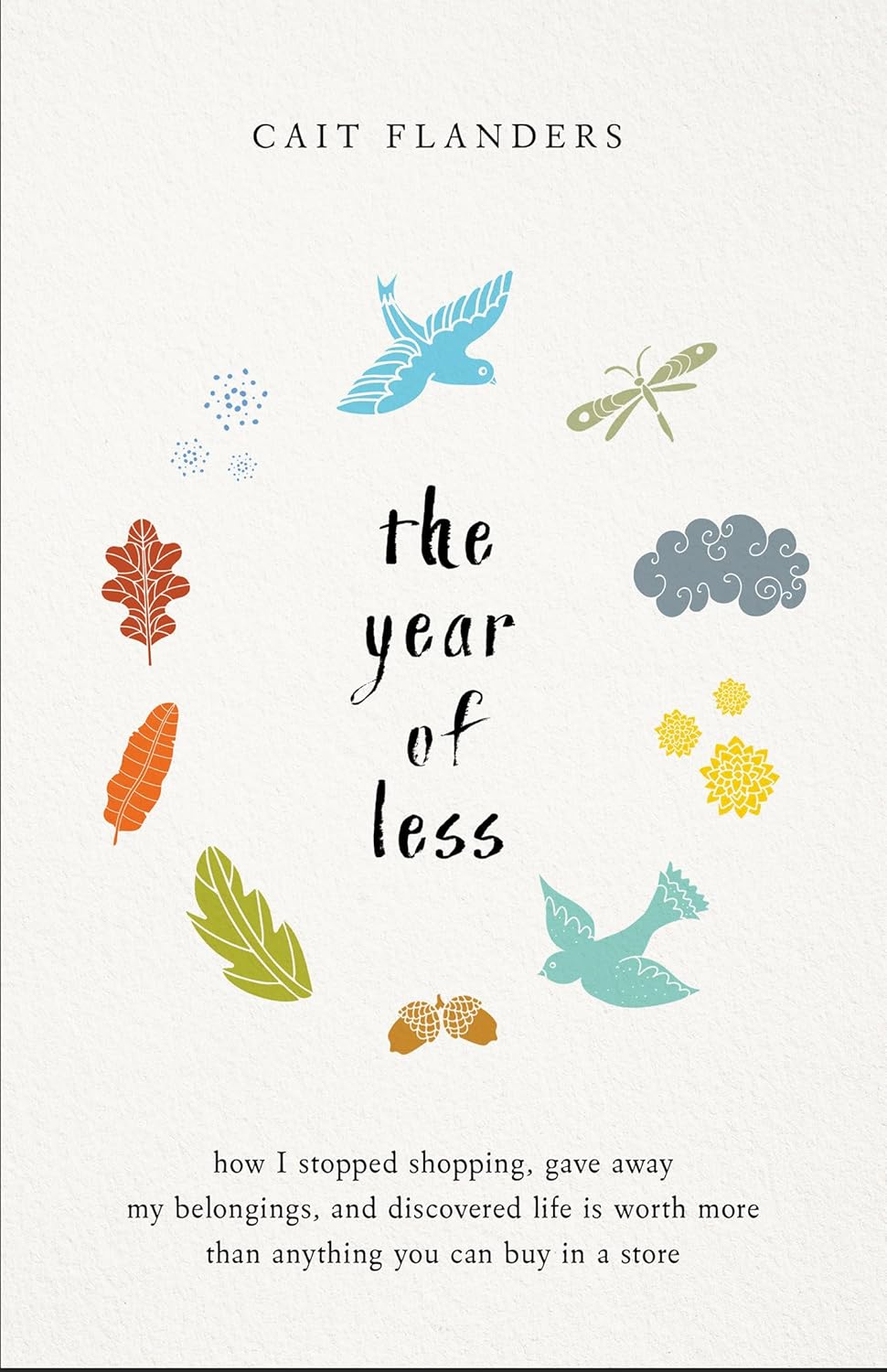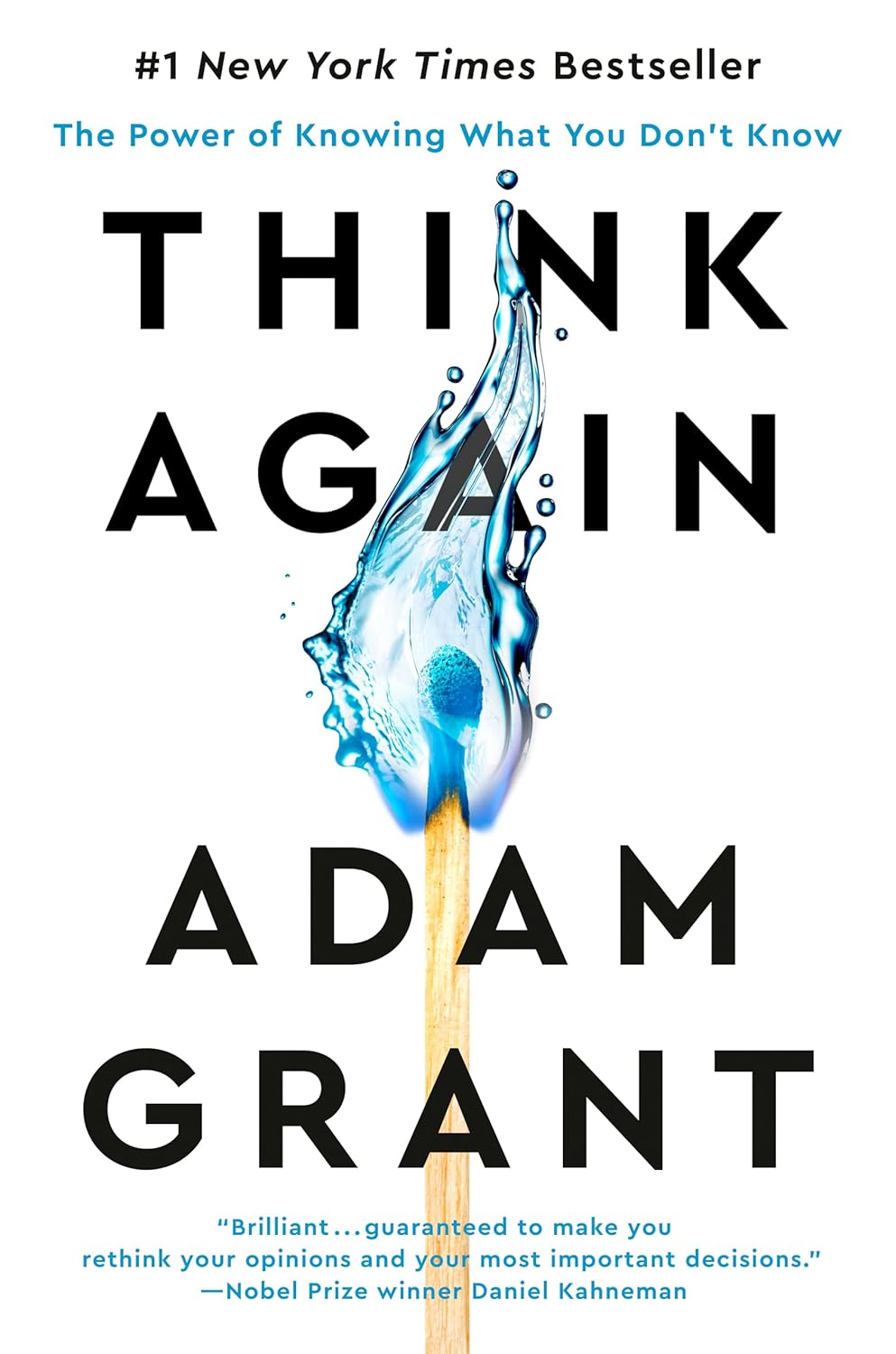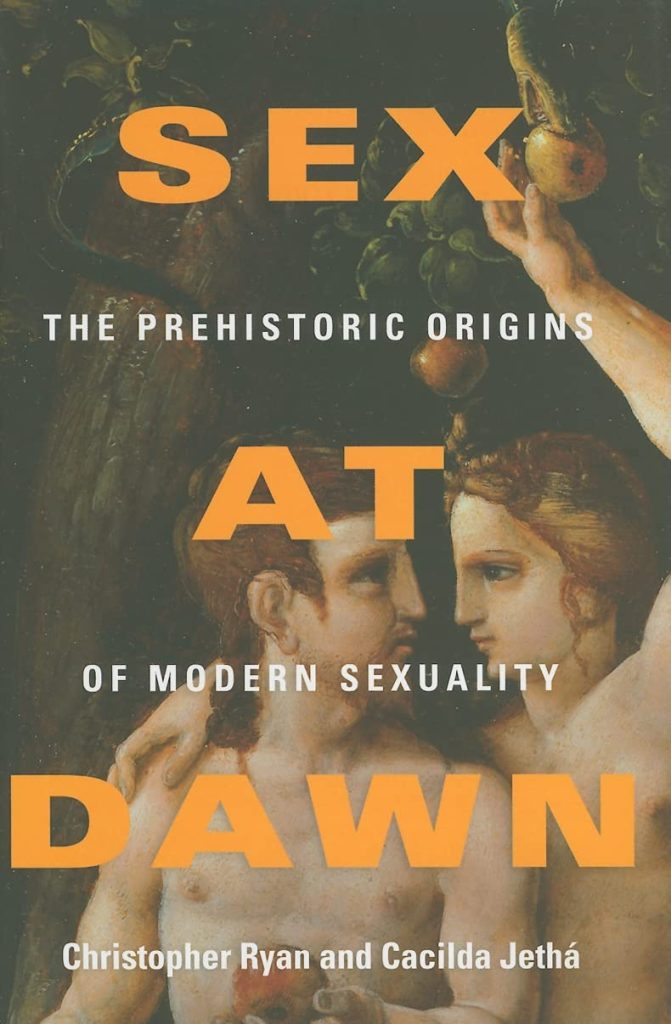
Buy The Book
Sex at Dawn: The Prehistoric Origins of Modern Sexuality
About
This book reexamines human sexuality through the lens of evolutionary anthropology, challenging the widely accepted notion that monogamy is natural. The authors argue that early human societies were likely far more sexually communal, with non-exclusive mating habits fostering cooperation and social bonds. Drawing on evidence from hunter-gatherer societies, primatology, and human physiology, the book suggests that many of our modern struggles with fidelity and relationships stem from cultural impositions rather than biological imperatives. By deconstructing the conventional narrative of sexual exclusivity, it encourages readers to reconsider their assumptions about love, marriage, and human desire. Thought-provoking and controversial, it opens a dialogue about how we might better align our relationships with our evolutionary past.
Christopher Ryan and Cacilda Jethá, the book’s authors, bring a unique interdisciplinary perspective. Ryan, a psychologist, and Jethá, a medical doctor, combine research in anthropology, biology, and psychology to challenge mainstream theories of human sexuality. Their work is deeply rooted in scientific inquiry and cultural analysis.
For People
– People interested in human evolution and anthropology
– Those questioning traditional relationship structures
– Readers exploring alternative perspectives on monogamy
– Psychology and sociology enthusiasts
– Individuals curious about the history of human sexuality

Spark
Review
Like this
✦ Part I: On the Origin of the Specious
Conventional narratives about human sexuality often rest on assumptions that monogamy is the natural state, an inevitable outcome of evolutionary pressures. These assumptions shape cultural expectations, influencing everything from marriage structures to moral judgments. However, a closer examination of human prehistory challenges this perspective. Early humans did not live in nuclear families isolated from the larger community but rather in highly social, interdependent groups, where resources—including sexual relationships—were shared. The notion that males evolved to be possessive providers and females to seek out the best genetic material from a single partner oversimplifies the complex dynamics of early human survival.
Biological evidence further complicates the conventional wisdom surrounding monogamy. Human anatomy and reproductive traits align more closely with species that engage in multi-male mating systems rather than strict pair bonding. Sperm competition, the relative size of human testes, and the role of female orgasm suggest a history of sexual promiscuity rather than exclusivity. Additionally, comparisons with closely related primates, particularly bonobos and chimpanzees, highlight the social and reproductive benefits of shared sexual access. These species, like early humans, rely on cooperation within their groups, and sexual interactions play a key role in maintaining social harmony.
Cultural narratives about monogamy are often reinforced by economic and political structures rather than biological imperatives. The shift from hunter-gatherer societies to agricultural settlements introduced concepts of property ownership and inheritance, which in turn influenced attitudes toward sexuality and fidelity. The need to establish clear lines of paternity became more relevant in a system where wealth and land were passed down through generations. This transition marked a departure from the more fluid, communal approach to relationships that characterized earlier human societies.
Historical records further emphasize this shift. Ancient hunter-gatherer communities, which depended on collective resources, had little concern for exclusive mating arrangements. Food, shelter, and even child-rearing responsibilities were often shared among the group, reducing the need for strict monogamous bonds. As private property became more central to human economies, the regulation of sexual behavior became more rigid. The emergence of social hierarchies reinforced these ideas, linking female chastity to male status and inheritance rights.
By questioning the widespread assumption that monogamy is the only “natural” way for humans to organize relationships, it becomes possible to see how much of modern relationship anxiety stems from cultural conditioning rather than inherent biological drives. Recognizing that human sexuality evolved in a much more flexible, communal framework opens the door to reconsidering how relationships are structured today. Rather than assuming monogamy defines love and commitment, exploring alternative models of intimacy may offer solutions better suited to human nature.
This perspective does not argue that monogamy is inherently flawed but rather that it is not the only viable structure for human relationships. The belief that lifelong exclusivity is the default or most natural form of intimacy ignores the diversity of human experiences throughout history. By understanding the broader context of human evolution, it is easier to see how different approaches to relationships can coexist without moral judgment or societal pressure.
✦ Part II: Lust In Paradise (Solitary?)
Sexual desire and intimacy are often framed as deeply personal experiences, yet they are also profoundly shaped by social environments. Many assume that romantic love and sexual exclusivity are inherently linked, but historical and cross-cultural evidence suggests otherwise. Across different societies, variations in relationship structures provide insight into the adaptability of human sexuality. Rather than being an isolated act, sex often serves to reinforce social bonds, reduce tension, and foster group cohesion.
One of the key misconceptions surrounding human intimacy is the belief that sexual exclusivity is necessary for deep emotional connection. However, numerous cultures throughout history have embraced pluralistic approaches to relationships, viewing sexual variety as a natural and even beneficial aspect of communal life. Certain indigenous societies, for example, practice shared parenting, where multiple men contribute to raising children without rigid expectations of monogamous commitment. These arrangements challenge the modern Western idea that love and fidelity must always be intertwined.
Biologically, human desire does not necessarily diminish in long-term relationships due to a loss of love, but rather because novelty plays an essential role in sustaining attraction. The contrast between passionate beginnings and the eventual settling into routine is not a failure of commitment but a reflection of an evolved preference for variety. Many animals, including primates, exhibit similar tendencies, seeking out diverse partners even when strong emotional bonds exist.
Psychological research supports this idea, showing that long-term monogamous relationships often experience declines in sexual satisfaction, not because of a lack of affection but due to the brain’s response to familiarity. The dopamine-driven excitement of new relationships fades over time, leading to a natural decrease in sexual urgency. While some cultures have normalized this shift, others have sought ways to maintain novelty within relationships, sometimes through structured non-monogamy or communal intimacy.
Modern struggles with infidelity and dissatisfaction may stem from unrealistic expectations rather than inherent flaws in human nature. Many societies promote the idea that finding “the one” should fulfill all emotional and sexual needs indefinitely. However, this perspective may be more reflective of cultural ideals than biological reality. By acknowledging that desire is fluid and shaped by both biological and social factors, it becomes possible to navigate relationships with more honesty and flexibility. Rather than viewing sexual attraction outside of a committed relationship as a betrayal, it can be understood as a natural inclination that does not necessarily threaten deep emotional bonds.
The tension between societal norms and innate desires often creates unnecessary guilt and confusion. Exploring alternative ways of thinking about intimacy—ones that align more closely with human evolutionary history—can lead to more fulfilling and sustainable relationships. Recognizing that monogamy is not the only valid model for love and connection allows for a broader, more inclusive understanding of human sexuality. Rather than imposing rigid expectations, embracing a more open perspective on relationships may lead to greater emotional and sexual fulfillment.
✦ Part III: The Way We Weren’t
Common beliefs about human relationships assume that monogamy has always been the norm, deeply ingrained in human nature. However, this assumption overlooks the fluidity of early human connections. Small-scale hunter-gatherer societies, which existed for the vast majority of human history, operated under drastically different social and sexual dynamics than those found in modern civilizations. These groups relied on cooperation, shared resources, and collective child-rearing, making strict sexual exclusivity impractical and unnecessary. Rather than centering relationships around possessiveness and exclusivity, intimacy played a broader role in reinforcing social cohesion and reducing tensions within the group.
Contrary to the idea that jealousy and sexual exclusivity are innate, many societies throughout history have developed relationship structures that challenge these assumptions. Some cultures embrace sexual sharing as a means of strengthening bonds between individuals, ensuring harmony, and reducing competition between males. For example, certain indigenous groups believe that multiple men can contribute biologically to the development of a child, leading to shared responsibility and communal parenting. This perspective contrasts sharply with the modern Western emphasis on strict paternity and inheritance, which has shaped monogamous norms.
The transition from foraging lifestyles to settled agricultural societies introduced dramatic shifts in human behavior. With the accumulation of private property, social hierarchies became more rigid, and the regulation of female sexuality gained importance. Establishing clear paternal lineage became a priority in societies where wealth and land passed through inheritance, leading to the reinforcement of monogamous marriage as a means of controlling reproduction. These cultural shifts, rather than biological imperatives, laid the foundation for contemporary ideas about fidelity and commitment.
Religious and legal institutions further cemented these monogamous ideals, portraying them as moral imperatives rather than recent social constructs. By framing monogamy as the only valid form of intimacy, alternative relationship models were stigmatized and suppressed. This historical revisionism distanced people from the reality of human sexual evolution, creating unrealistic expectations for modern relationships. Many of the struggles and frustrations surrounding fidelity, desire, and long-term commitment arise from a mismatch between cultural ideals and biological tendencies.
Recognizing that monogamy is not a universal or biologically predetermined structure opens the door to a more flexible understanding of human intimacy. Rather than assuming that strict exclusivity is the only path to meaningful relationships, acknowledging the diversity of human experiences throughout history allows for a more honest and adaptable approach to love and commitment. The past offers valuable insights into the ways human connections have evolved, suggesting that many modern relationship anxieties stem from cultural conditioning rather than natural instincts.
✦ Part IV: Bodies in Motion
Human anatomy and reproductive traits reveal significant clues about the ways intimacy and desire have shaped evolutionary history. Physical characteristics such as the relatively large size of human testes, the prolonged nature of female sexual receptivity, and the presence of concealed ovulation all point toward a history of non-exclusive mating patterns. Unlike species that form strictly monogamous bonds, human physiological traits align more closely with those of animals that engage in sexual pluralism. These biological markers suggest that long-term sexual exclusivity may not be the default state for human relationships.
Comparisons with closely related primates provide further insight into human mating behaviors. Bonobos and chimpanzees, which share a significant percentage of genetic material with humans, exhibit promiscuous mating patterns that serve social functions beyond reproduction. In bonobo societies, sexual interactions help maintain group harmony, reduce aggression, and strengthen social bonds. These behaviors contrast sharply with the rigid sexual norms imposed by many human cultures but align more closely with the likely mating patterns of early human ancestors.
The role of female sexuality in human evolution also challenges conventional narratives about monogamy. Many traditional models assume that women evolved to be sexually reserved, seeking out a single mate for stability and protection. However, evidence from both biological and anthropological research contradicts this idea. Women’s ability to experience multiple orgasms, the presence of sexual desire across the menstrual cycle, and the potential benefits of sperm competition suggest that sexual variety may have played an important role in reproductive success. Rather than being passive participants in mating, women have evolved mechanisms that indicate an active role in seeking diverse partners.
Modern struggles with sexual dissatisfaction, infidelity, and dwindling desire in long-term relationships may stem from a fundamental conflict between biological impulses and social expectations. The assumption that a single partner can fulfill all emotional and physical needs for a lifetime does not align with the ways human sexuality evolved. Many of the challenges associated with maintaining long-term monogamy—such as declining passion, diminishing novelty, and increasing temptation—may not be personal failures but rather reflections of a system that does not accommodate natural human tendencies.
Understanding the biological foundations of human intimacy allows for a reevaluation of relationship norms. Rather than viewing desire for novelty or attraction outside of a committed relationship as a moral failing, acknowledging these feelings as natural can lead to more open and honest conversations about intimacy. Exploring alternative models of commitment, whether through open relationships, polyamory, or other non-traditional structures, may offer solutions better suited to human nature.
Human bodies and sexual behaviors provide clear evidence that strict monogamy is not the inevitable or singular path for relationships. By acknowledging the flexibility of human desire and recognizing the evolutionary benefits of sexual variety, it becomes possible to create relationship models that align more closely with human instincts, fostering deeper connection and fulfillment without unnecessary guilt or shame.
✦ Part V: Men Are from Africa, Women Are from Africa
Popular ideas about the fundamental differences between men and women often rest on flawed assumptions about biology and evolution. Many claim that men are naturally predisposed toward promiscuity while women instinctively seek stability and monogamy. These arguments suggest that men evolved to spread their genes widely, while women evolved to prioritize security and provisioning from a single mate. However, these claims rely on selective interpretations of evolutionary theory rather than a comprehensive look at human sexual behavior. A broader perspective challenges these stereotypes, revealing that both men and women share a complex, fluid approach to intimacy that cannot be reduced to rigid gender roles.
Physical and behavioral evidence contradicts the idea that men are inherently more promiscuous than women. Traits such as concealed ovulation, continuous sexual receptivity, and the capacity for multiple orgasms suggest that female sexuality evolved for reasons beyond reproduction. Unlike species where females mate only during ovulation, human women engage in sex throughout their cycle, which points to a history of non-exclusive mating. In many species with multi-male mating systems, females benefit from sexual variety, gaining access to better genes, increased protection, and greater social cohesion. Human females exhibit similar tendencies, signaling that monogamy is not their default evolutionary strategy.
The assumption that men evolved an uncontrollable drive for sexual variety while women are naturally monogamous ignores the influence of culture. Many societies promote the idea that female sexuality should be restrained while excusing or even encouraging male promiscuity. These double standards shape perceptions of desire, leading to the mistaken belief that men and women have fundamentally different sexual needs. However, when cultural restrictions are removed, female sexual behavior often mirrors that of males. Studies of societies with more egalitarian attitudes toward sexuality show that, given the freedom to choose, women frequently seek multiple partners, just as men do.
Anthropological evidence also challenges the claim that men are hardwired for dominance and resource control while women evolved for submission and dependency. In many hunter-gatherer societies, men and women contribute equally to food acquisition, and social structures emphasize cooperation rather than hierarchy. These societies often practice sexual sharing, and women exercise significant autonomy in choosing partners. The rigid gender roles associated with monogamy and male dominance emerged later, coinciding with agricultural societies where property and inheritance became central concerns.
By recognizing that men and women share a common evolutionary history rooted in Africa, the idea of biologically determined differences in sexual behavior loses credibility. Both sexes evolved in an environment that favored social bonding, cooperation, and flexibility in relationships. Sexual behavior reflects this adaptability, rather than rigid biological constraints. Rather than accepting oversimplified narratives about male promiscuity and female restraint, a more accurate understanding of human nature acknowledges that desire, attraction, and intimacy are shared human experiences, shaped as much by cultural influences as by evolutionary history.






